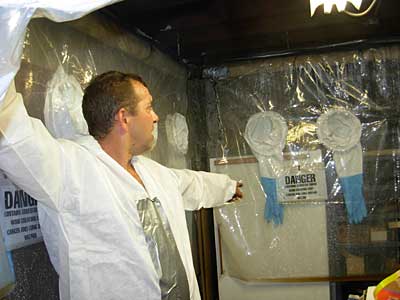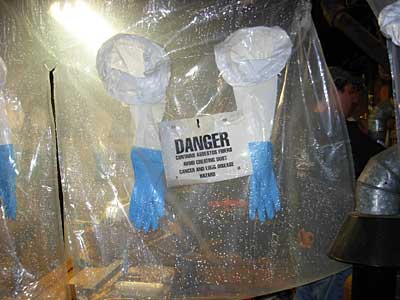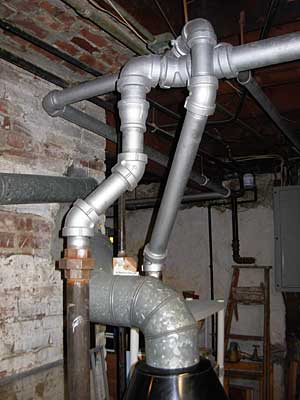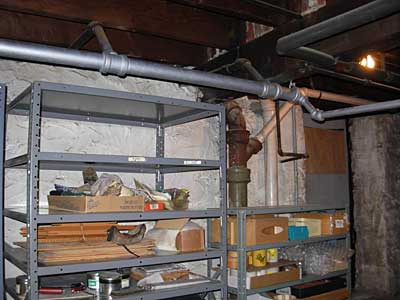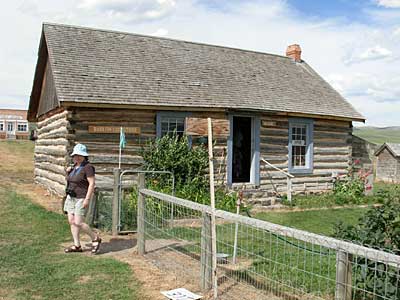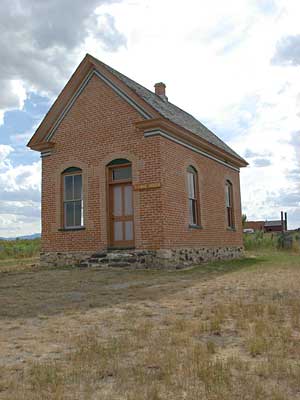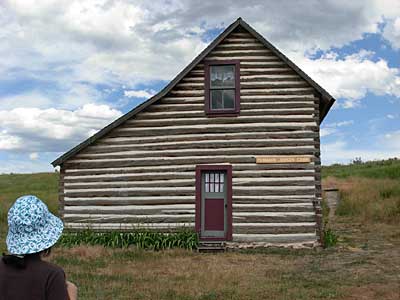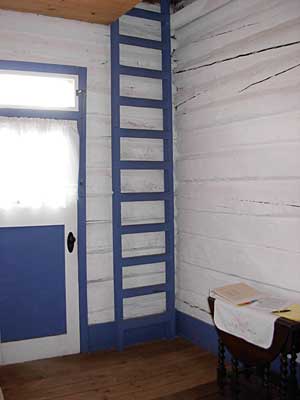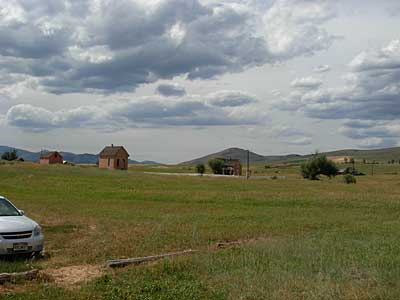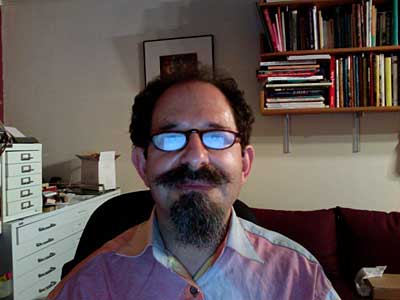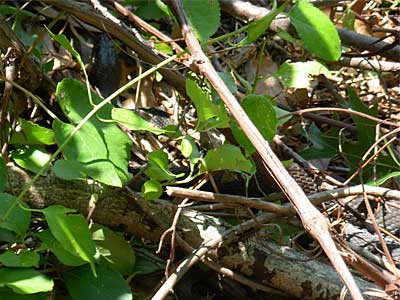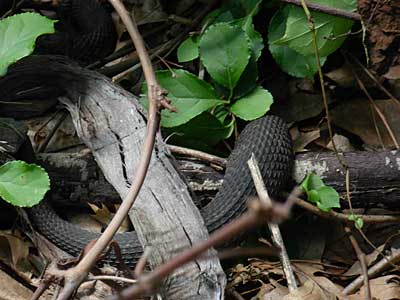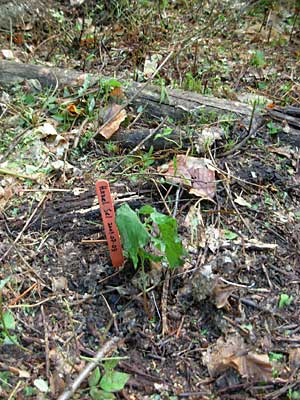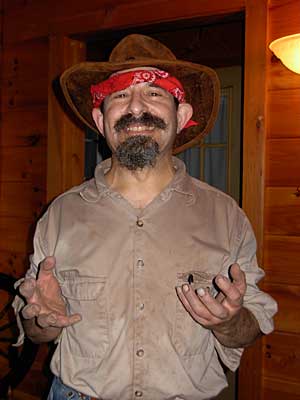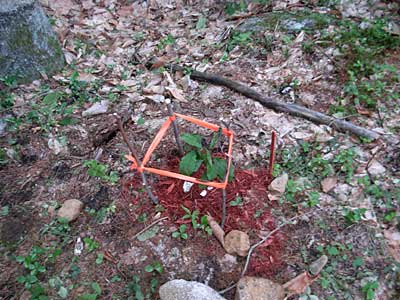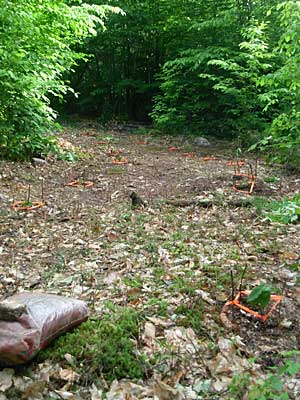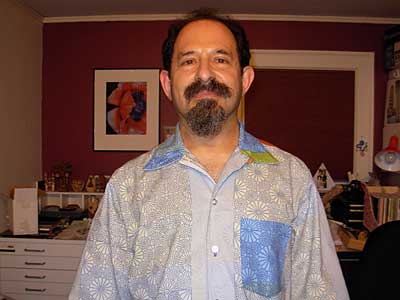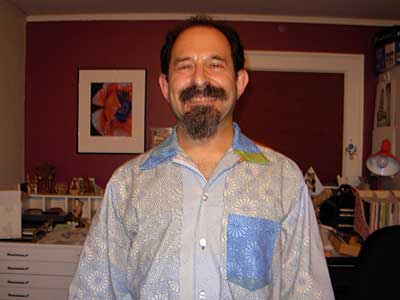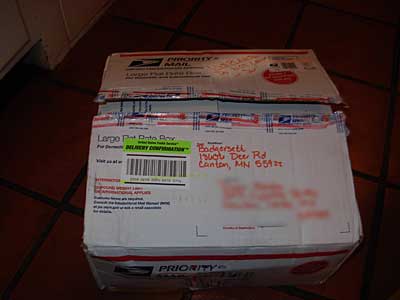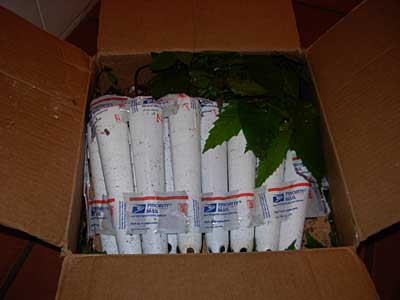I lost a couple of posts that I had written, because of some server update. I guess I wrote the posts when the data was partway transferred to the new server, but I posted it to the old server, and it never got transferred. Or some such. So I need to reconstruct what I had.
One was about the Idaho trip, when we went over the Victor grade to Jackson and a few miles into Grand Teton National Park.
The other was about a Lego set that Arlene & I found at a tag sale in Otisfield back in early July (or it could even have been late June) on the day of the Casco tag sale.
There’s a big tag sale / fleamarket in Casco every year to benefit something in the community — I think the church in the town center. We didn’t get an awful lot this year, but on our way home we saw a sign for another tag sale at the Otisfield community center and, being in the tag sale shopping mindset, continued down the road to it. They had two immense Lego sets there for $5 each. That’s more than we normally spend for any one tag sale item, but these were big, complex sets. We took both. They’re both Technic models, which means moving parts. One is the Enzo Ferrari 8653. The other is the 4×4 off roader, 8466. We thought at first that Gena’s boys would someday like them. I said, “I’d better build them first myself, just to be sure all the parts are there.” I thought that was pretty obviously not the real motivation — I just wanted to play with them myself.
I didn’t do anything with either until three weekends ago, when Charley and Patsy were in Maine with us. Charley took one look at the models and said, “Don’t let those kids TOUCH those until they’re lots older!”
Both the models had been started. We decided that it would be too hard to figure out where the original owner had left off and that we would be better off starting from the beginning. The Ferrari had its instructions and the 4×4 didn’t, so it seemed to make more sense to start with the Ferrari. Charley took it all apart, and we got to work.
Legos are after my time. I had never built anything to speak of with the Technic (nor Expert Builder, which it was called when Charley was a kid) sets. Fortunately, Charley knows how to read the instruction books, which are all pictures so as to be equally accessible regardless of the builder’s language (assuming you are familiar with Hindu-Arabic numerals, and understand “X” as a multiplication sign, either that many parts or build a sub-assembly that many times).
Charley and Patsy did some internet research on the set and convinced us that even though we thought $5 was a lot to spend on a tag sale item, the sets were a steal. The original price of each was more like $80 to $120. Each set has over 1000 pieces.
Charley and I working together — one of us would pick out the parts for the next step while the other was assembling the previous step — did not get the model built before he and Patsy left to go back to Somerville, but I did finish it on Sunday evening.
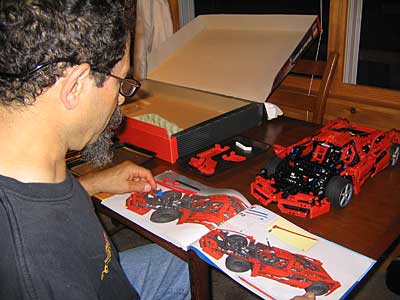
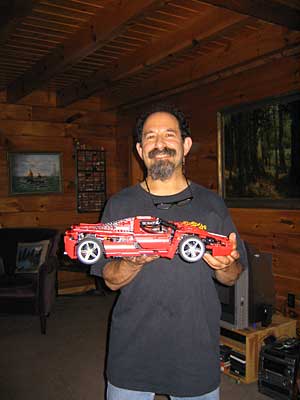
I didn’t realize how much moves in a model like that. The steering rod (not the steering wheel, but a rod that comes through the top of the model so you can play with it) turns the front wheels with a rack-and-pinion steering mechanism. The wheels are all mounted on shock absorbers, and go up and down as well as around. The rear wheels are connected to a differential and then to a V-12 engine which has pistons that go up and down in their cylinders as the rear wheels move. The doors open. And we put it together so it all works!

I got started on the 4×4 the weekend of Aug. 22. Charley wasn’t there, so I’m on my own for this one. I got my work area organized with the smallest pieces sorted out in an egg carton and an ice cube tray, and the other pieces sorted into styrofoam meat trays.
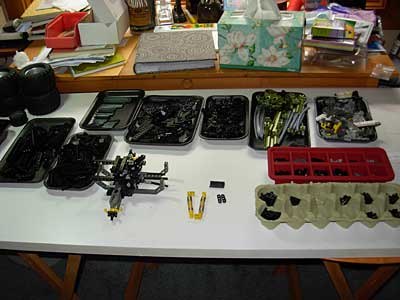
Here’s what the 4×4 is supposed to look like when it’s done.
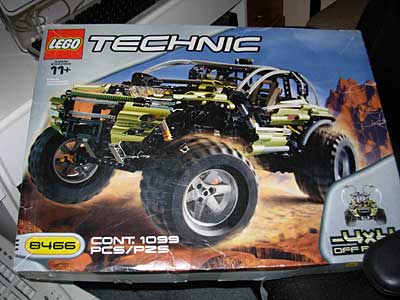
Something online about it says “five speed transmission.” I know it has three differentials, one for the rear wheels, one for the front ones, and one to allow the front and rear ones to move at different speeds I guess. When I’m finished with it I’ll probably have a pretty good idea how a differential really works.
The Ferrari turned out to have all its pieces. I’m missing at least two pieces of the 4×4. Also, the 4×4 doesn’t have its directions with it, so I’ve had to find them on the interwebs. That turns out not to be a serious problem, but it does constrain me to build the thing right next to the computer so I can look back and forth at the directions every few seconds.
